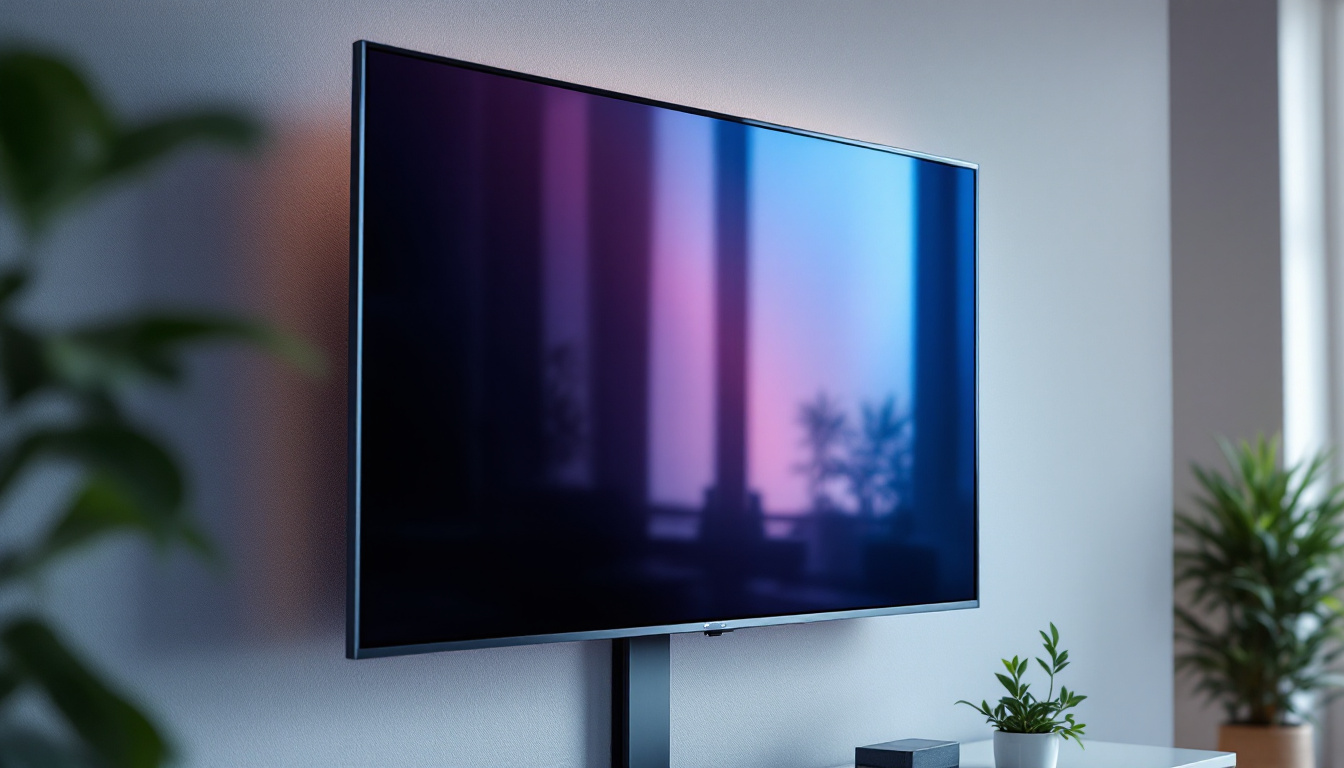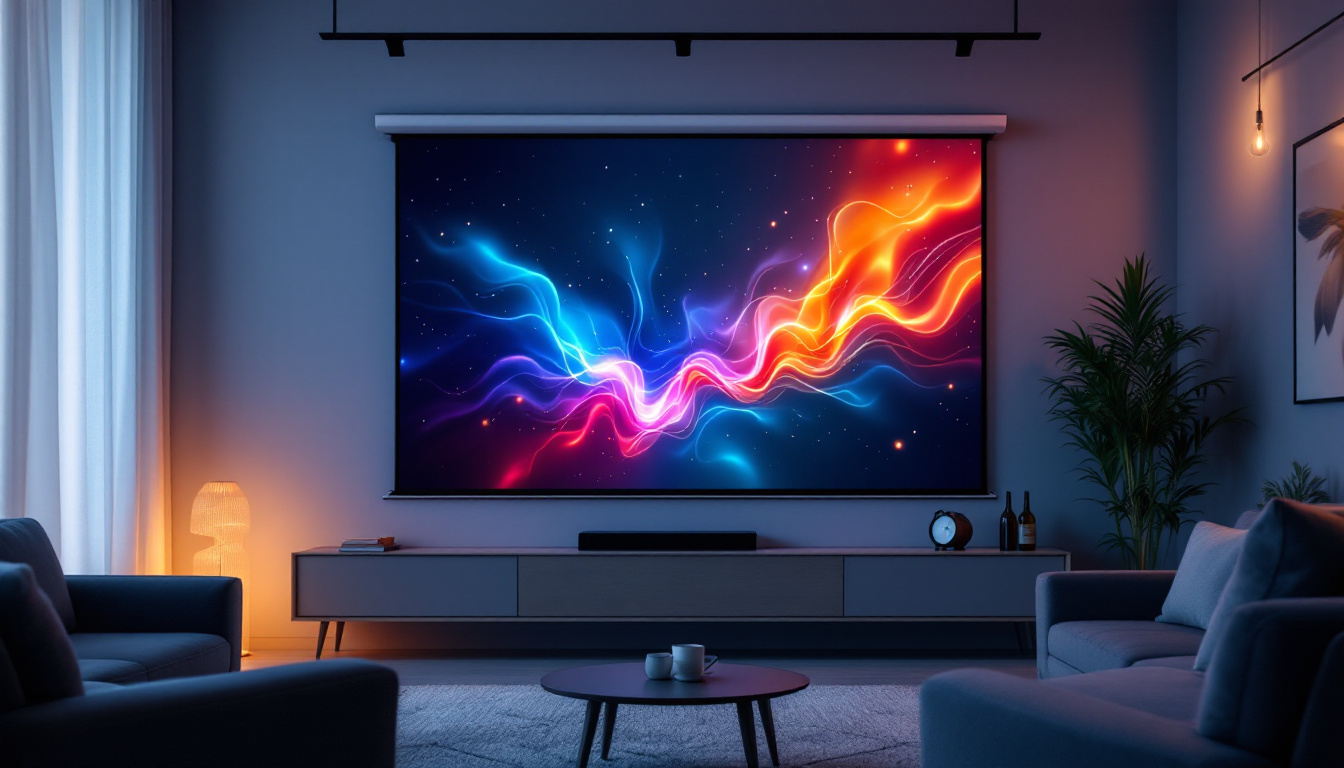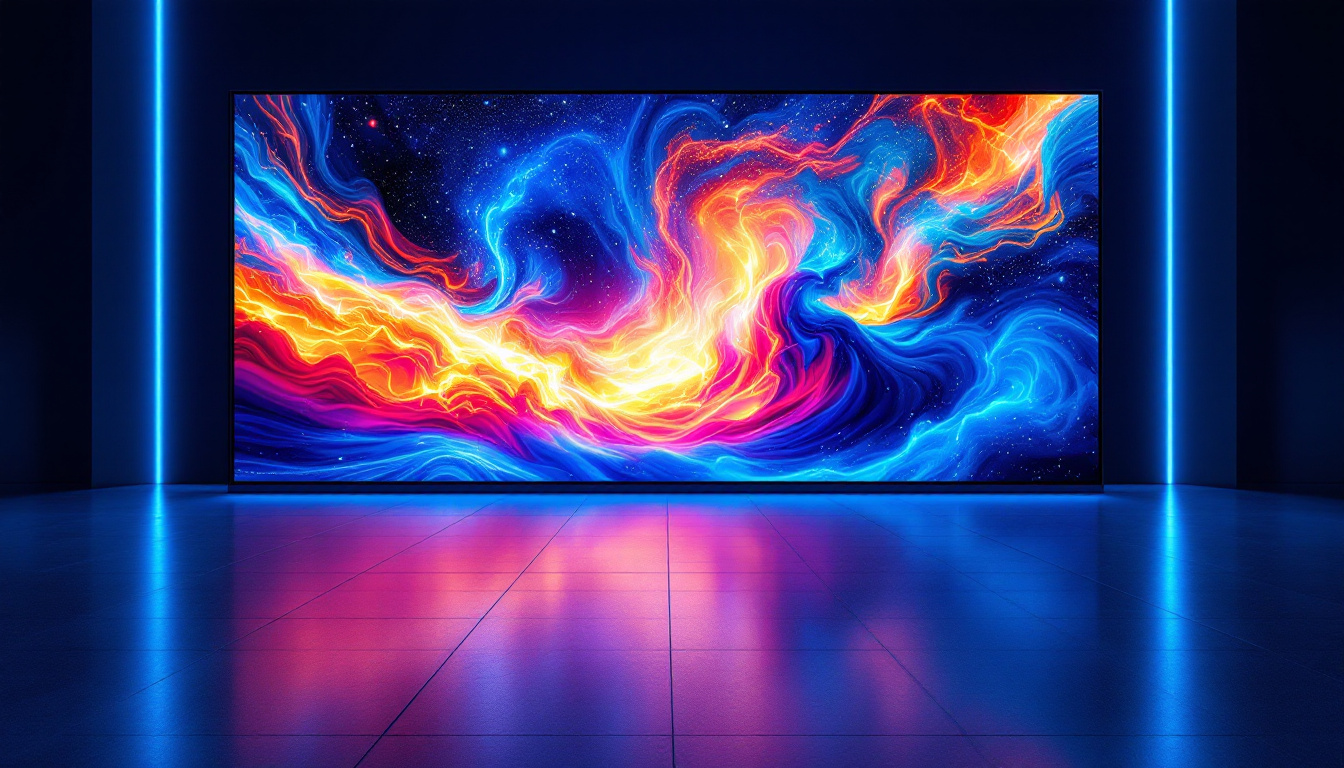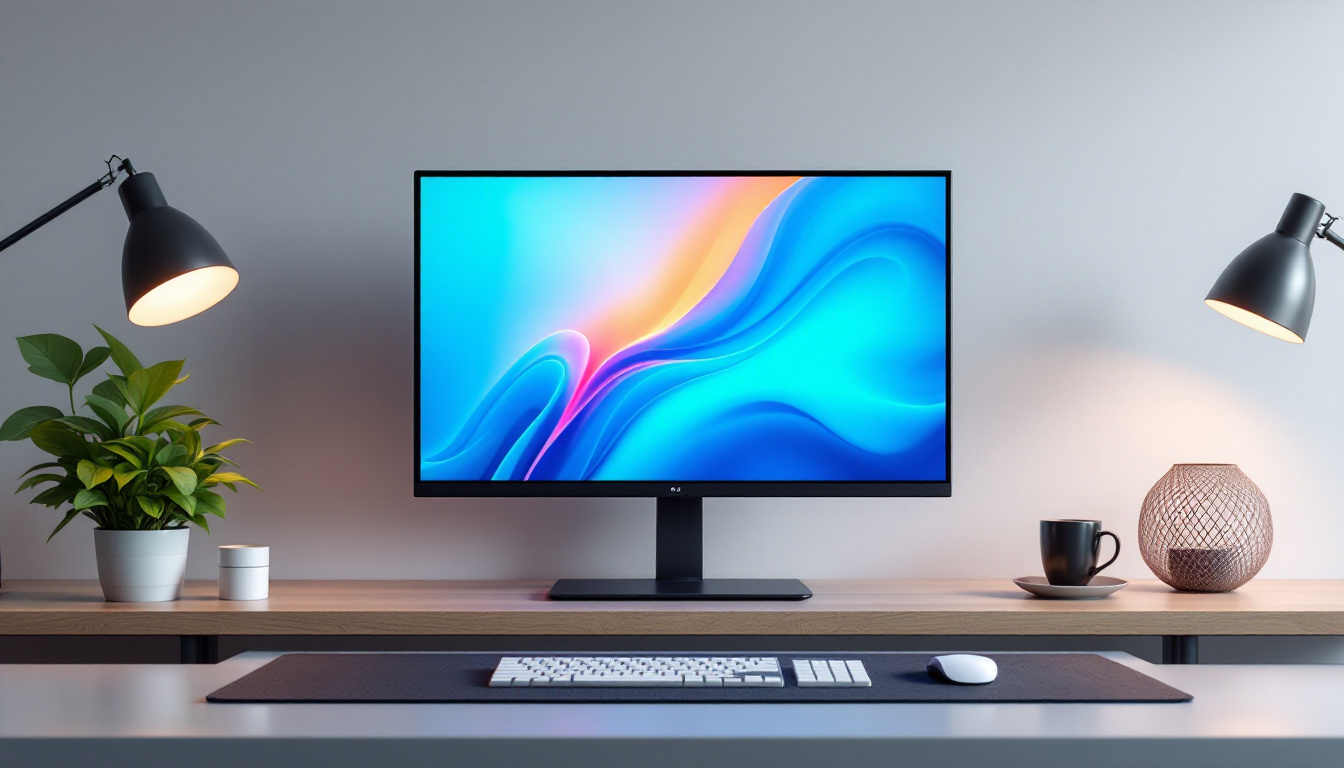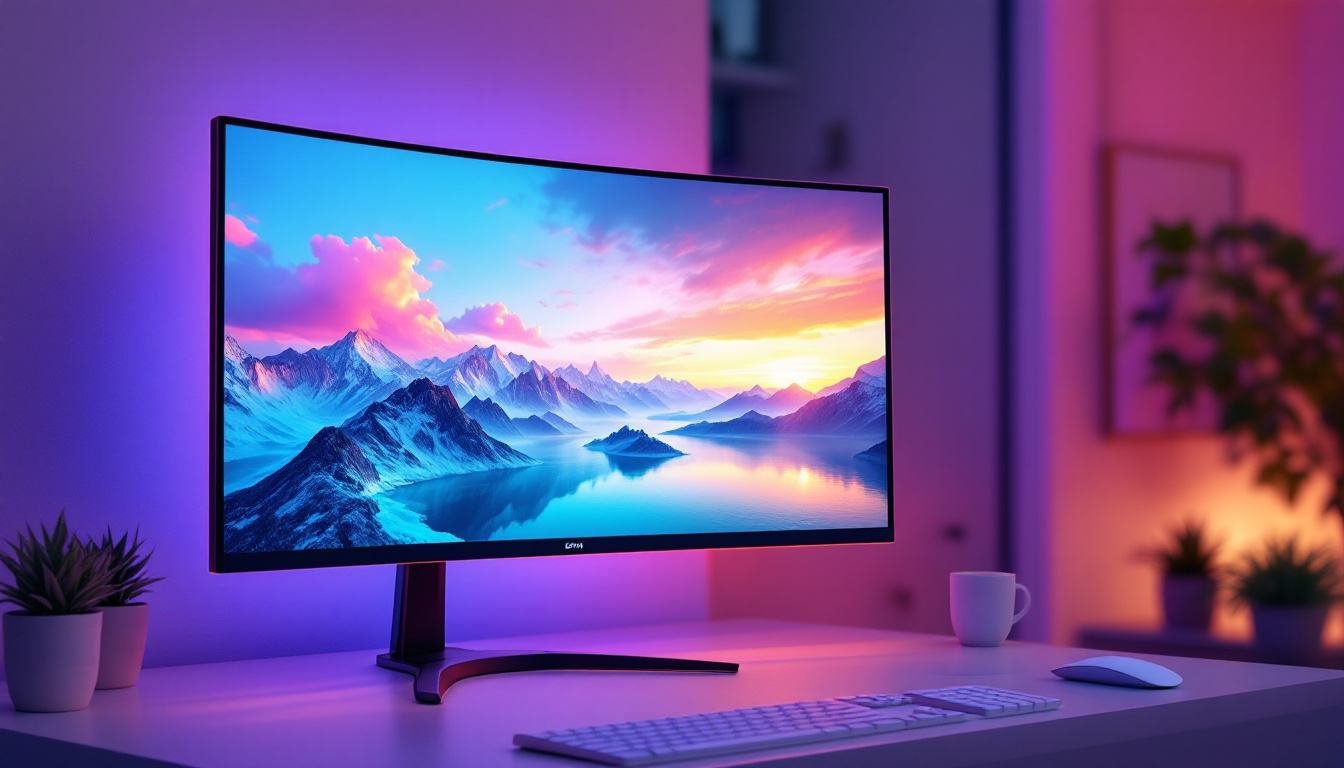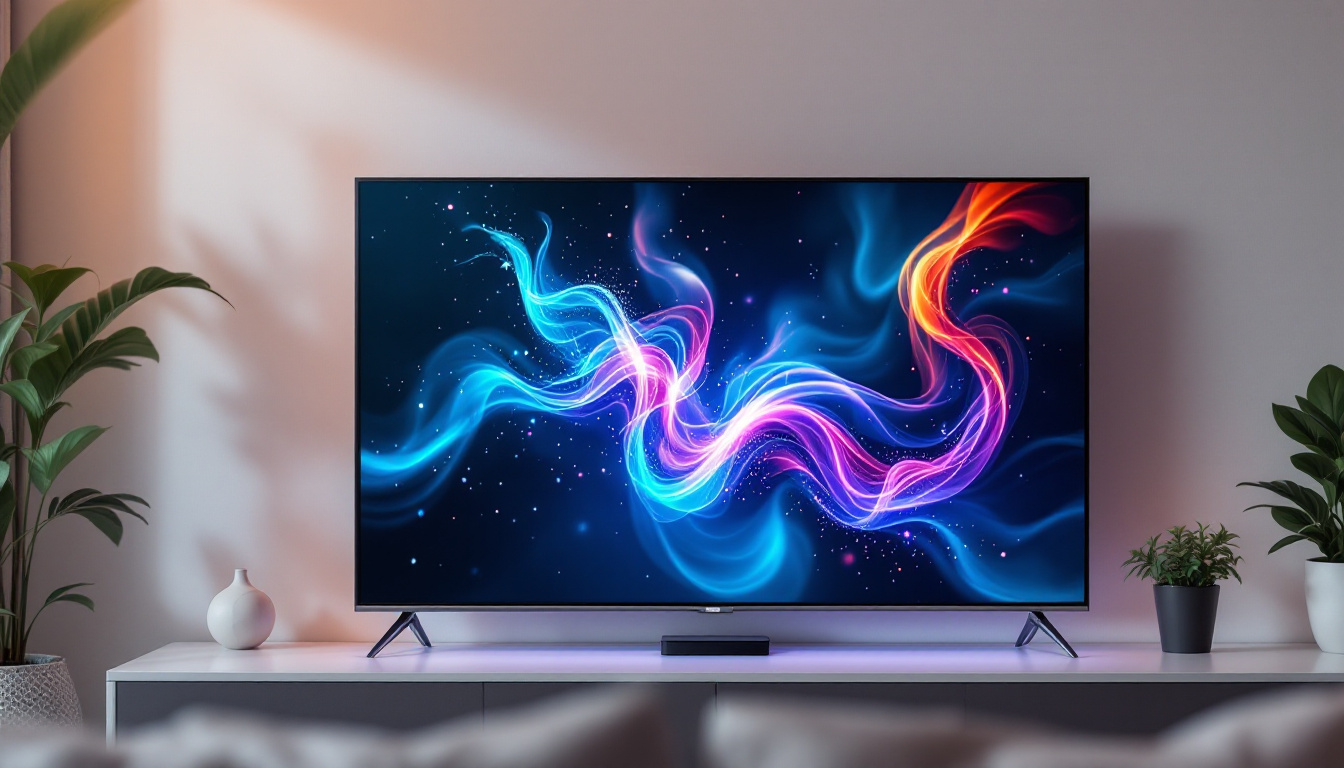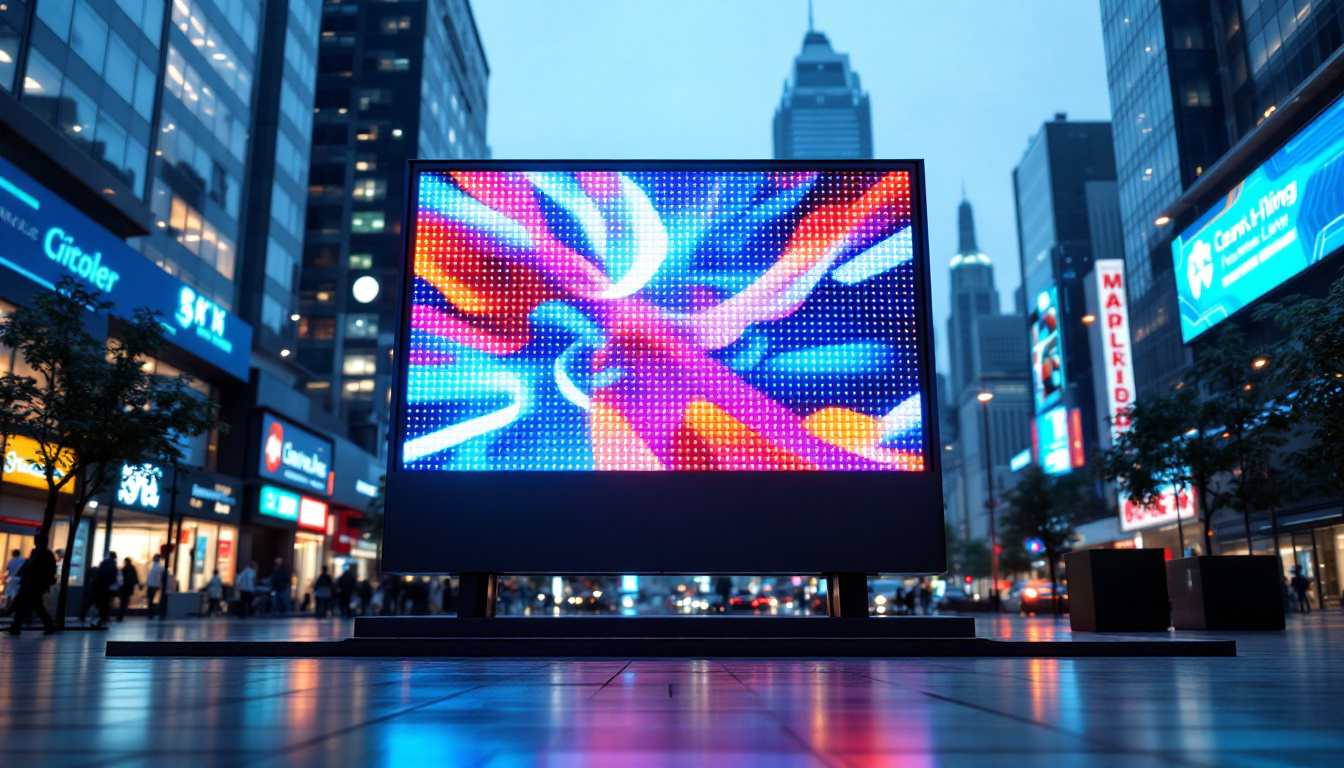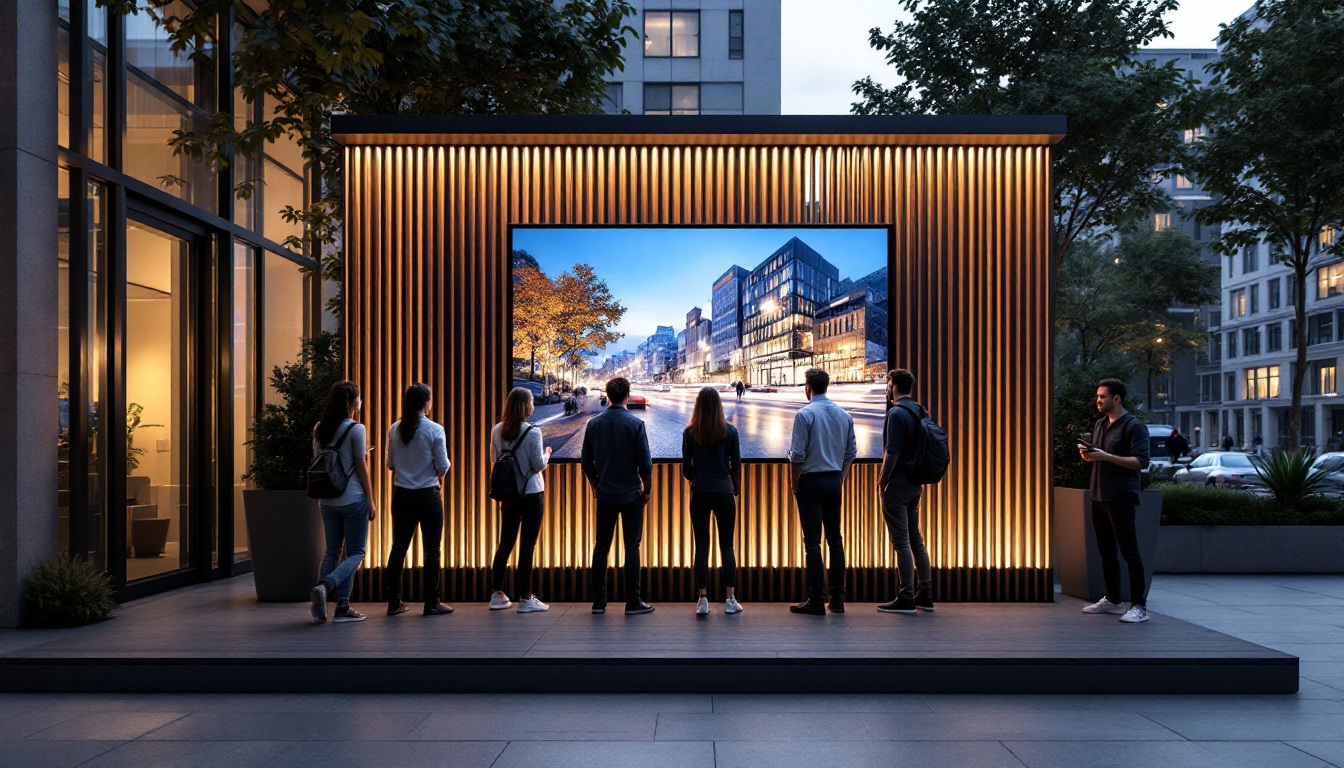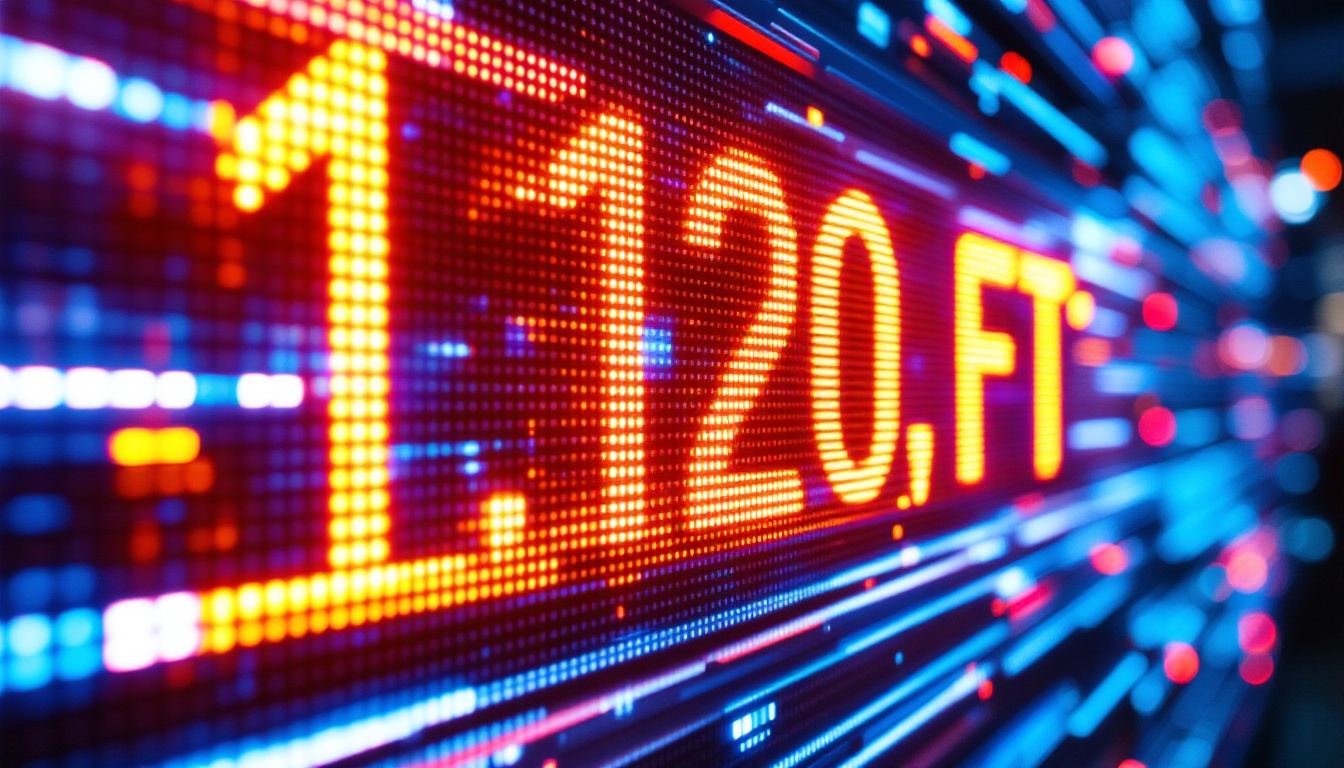In today’s fast-paced digital world, touch panel monitors have become an integral part of various industries, from retail to healthcare. These devices combine the functionality of a monitor with interactive touch capabilities, allowing users to engage directly with the displayed content. This article delves into the intricacies of touch panel monitors, particularly focusing on LED display technology, and explores their applications, advantages, and considerations when choosing the right model.
Understanding Touch Panel Monitors
Touch panel monitors are specialized display devices that allow users to interact with the screen through touch input. Unlike traditional monitors that rely on a mouse or keyboard, touch panel monitors enable a more intuitive and user-friendly experience. They are equipped with various technologies that detect touch, including resistive, capacitive, and infrared systems.
Types of Touch Technologies
The technology behind touch panel monitors is crucial to their performance and usability. Each type of touch technology has its own unique characteristics:
- Resistive Touch: This technology consists of two thin layers separated by a small gap. When pressure is applied to the screen, the layers touch, registering the input. Resistive touch screens are known for their durability and can be operated with any object, including a finger, stylus, or glove.
- Capacitive Touch: Capacitive touch screens use the electrical properties of the human body. They consist of a glass panel coated with a transparent conductor. When a finger touches the screen, it alters the electric field, allowing for precise touch detection. This technology is more sensitive and supports multi-touch gestures.
- Infrared Touch: Infrared touch screens utilize an array of infrared light beams across the screen. When an object interrupts these beams, the system detects the touch location. This technology is highly durable and can work in various environments, including outdoor settings.
Applications of Touch Panel Monitors
Touch panel monitors are versatile devices that find applications across a wide range of sectors:
- Retail: In retail environments, touch panel monitors are used for interactive kiosks, point-of-sale systems, and digital signage. They enhance customer engagement by providing information and facilitating transactions directly at the point of interest.
- Healthcare: In hospitals and clinics, touch panel monitors streamline patient management systems, allowing healthcare professionals to access patient records and update information effortlessly. They also serve as interactive displays for patient education.
- Education: Touch panel monitors are increasingly used in classrooms and lecture halls. They enable interactive learning experiences, allowing educators to present information dynamically and engage students through hands-on activities.
In addition to these sectors, touch panel monitors are also making significant inroads into the hospitality industry. Hotels and restaurants utilize these devices for self-service check-in kiosks, menu displays, and interactive guides, enhancing the overall guest experience. By allowing patrons to browse services or place orders at their convenience, establishments can streamline operations while providing a modern touch to customer service.
Moreover, the industrial sector has begun to embrace touch panel monitors for machine control and monitoring applications. These rugged devices can withstand harsh environments and are often designed with features that allow operators to manage complex machinery with ease. The intuitive interface of touch panel monitors reduces the learning curve for new employees, ensuring that they can quickly adapt to the operational demands of their roles.
LED Display Technology
LED (Light Emitting Diode) display technology is a popular choice for touch panel monitors due to its numerous advantages. LED displays are known for their vibrant colors, high brightness, and energy efficiency. Understanding how LED technology works can help users appreciate its benefits in touch panel monitors.
How LED Displays Work
LED displays utilize an array of tiny light-emitting diodes to create images and text. Each pixel in an LED display is made up of red, green, and blue (RGB) diodes, which combine to produce a wide spectrum of colors. The brightness and color of the display can be adjusted by varying the current flowing through each diode.
One of the key advantages of LED displays is their ability to produce high contrast ratios. This results in deeper blacks and brighter whites, enhancing the overall visual experience. Additionally, LED technology allows for thinner and lighter display designs, making touch panel monitors more portable and easier to integrate into various environments. The compact nature of LED components also facilitates the creation of ultra-slim designs, which are increasingly popular in modern consumer electronics.
Furthermore, LED displays can be categorized into different types, such as OLED (Organic Light Emitting Diode) and Mini LED, each offering unique advantages. OLED displays, for instance, provide even greater contrast and color accuracy, as each pixel emits its own light, allowing for true blacks and a more immersive viewing experience. Mini LED technology, on the other hand, enhances traditional LED displays by utilizing smaller diodes, which can be dimmed more precisely, resulting in improved local dimming and overall picture quality.
Benefits of LED Displays in Touch Panel Monitors
When integrated into touch panel monitors, LED displays offer several significant benefits:
- Energy Efficiency: LED displays consume less power compared to traditional LCD screens, making them more environmentally friendly and cost-effective in the long run.
- Longevity: LED technology has a longer lifespan than other display types. This means that touch panel monitors with LED displays can operate effectively for many years without significant degradation in quality.
- Improved Visibility: LED displays provide excellent visibility in various lighting conditions. Whether in bright sunlight or dimly lit rooms, these displays maintain clarity and vibrancy, ensuring that content is easily readable.
In addition to these benefits, LED displays are also highly customizable, allowing manufacturers to create screens tailored to specific applications. For instance, some LED touch panel monitors are designed with enhanced touch sensitivity, making them ideal for interactive kiosks and point-of-sale systems. Others may incorporate anti-glare coatings or ruggedized designs for use in outdoor environments or industrial settings. This versatility makes LED technology a preferred choice across diverse industries, from retail to education, where user engagement and visual impact are paramount.
Moreover, the rapid advancements in LED technology continue to drive innovation in display solutions. Features such as adaptive brightness, which adjusts the screen’s luminance based on ambient light, and HDR (High Dynamic Range) support, which enhances color and contrast, are becoming increasingly common. These advancements not only improve the user experience but also open up new possibilities for creative applications, such as digital signage and immersive multimedia presentations, further solidifying LED displays as a cornerstone of modern visual technology.
Choosing the Right Touch Panel Monitor
When selecting a touch panel monitor, several factors should be considered to ensure the device meets specific needs and requirements. Understanding these factors can help users make informed decisions and invest in a monitor that enhances productivity and user experience.
Screen Size and Resolution
The screen size and resolution of a touch panel monitor play a crucial role in its usability. Larger screens provide more space for interaction and are ideal for applications that require detailed visuals, such as design work or presentations. Resolution, measured in pixels, determines the clarity and sharpness of the displayed content. Higher resolution monitors deliver crisper images and text, enhancing the overall viewing experience.
Touch Sensitivity and Response Time
Touch sensitivity refers to how accurately a monitor detects touch input. Monitors with high sensitivity provide a more responsive experience, allowing users to interact seamlessly with applications. Response time, on the other hand, measures how quickly the monitor registers touch input. A lower response time ensures that actions are reflected on the screen almost instantaneously, which is particularly important in fast-paced environments.
Durability and Build Quality
Durability is a critical consideration, especially for touch panel monitors used in high-traffic areas or industrial settings. Monitors with reinforced glass or ruggedized designs can withstand heavy use and resist scratches, ensuring longevity. Additionally, water and dust resistance can be vital for specific applications, such as outdoor kiosks or environments with harsh conditions.
Future Trends in Touch Panel Monitors
The technology behind touch panel monitors continues to evolve, with several trends shaping their future. As industries increasingly adopt interactive displays, innovations are set to enhance functionality and user experience.
Integration of AI and Machine Learning
Artificial intelligence (AI) and machine learning are poised to revolutionize touch panel monitors. These technologies can enable more intuitive interactions by predicting user behavior and preferences. For instance, AI can analyze touch patterns to optimize the user interface, making it more user-friendly and efficient.
Advancements in Display Technology
As display technology advances, new innovations are emerging. OLED (Organic Light Emitting Diode) displays, for example, offer even better color accuracy and contrast ratios than traditional LED displays. As these technologies become more accessible, they are likely to be integrated into touch panel monitors, providing users with enhanced visual experiences.
Enhanced Connectivity Options
With the rise of the Internet of Things (IoT), touch panel monitors are expected to feature improved connectivity options. This includes seamless integration with other devices and systems, allowing for greater interactivity and data sharing. Enhanced connectivity will enable users to control multiple devices from a single touch panel monitor, streamlining workflows and improving efficiency.
Conclusion
Touch panel monitors with LED display technology are transforming the way users interact with digital content. Their intuitive design, coupled with the advantages of LED technology, makes them ideal for various applications across multiple industries. When selecting a touch panel monitor, it is essential to consider factors such as screen size, touch sensitivity, and durability to ensure the device meets specific needs.
As technology continues to advance, the future of touch panel monitors looks promising. Innovations in AI, display technology, and connectivity are set to enhance user experiences further, making these devices even more integral to modern workflows. Embracing these advancements can lead to improved productivity, engagement, and satisfaction in both personal and professional settings.
Discover the Future of Interactive Displays with LumenMatrix
Ready to elevate your interactive experiences with the latest in LED display technology? LumenMatrix is at the forefront of innovation, offering a diverse range of LED display solutions tailored to your unique needs. From captivating Indoor LED Walls to dynamic Vehicle LED Displays, and even Custom LED solutions, we have everything you need to transform your space and engage your audience. Don’t miss out on the opportunity to revolutionize your visual communication. Check out LumenMatrix LED Display Solutions today and step into the future of digital signage.


